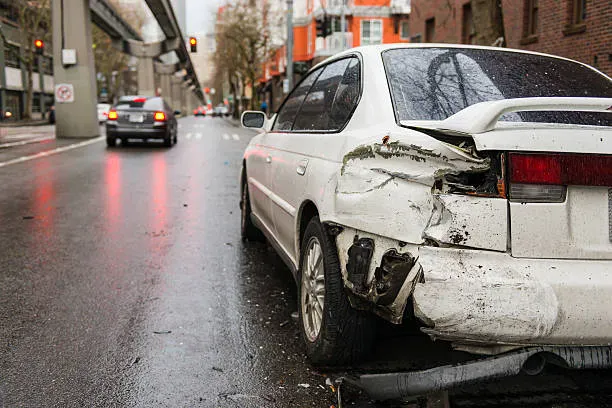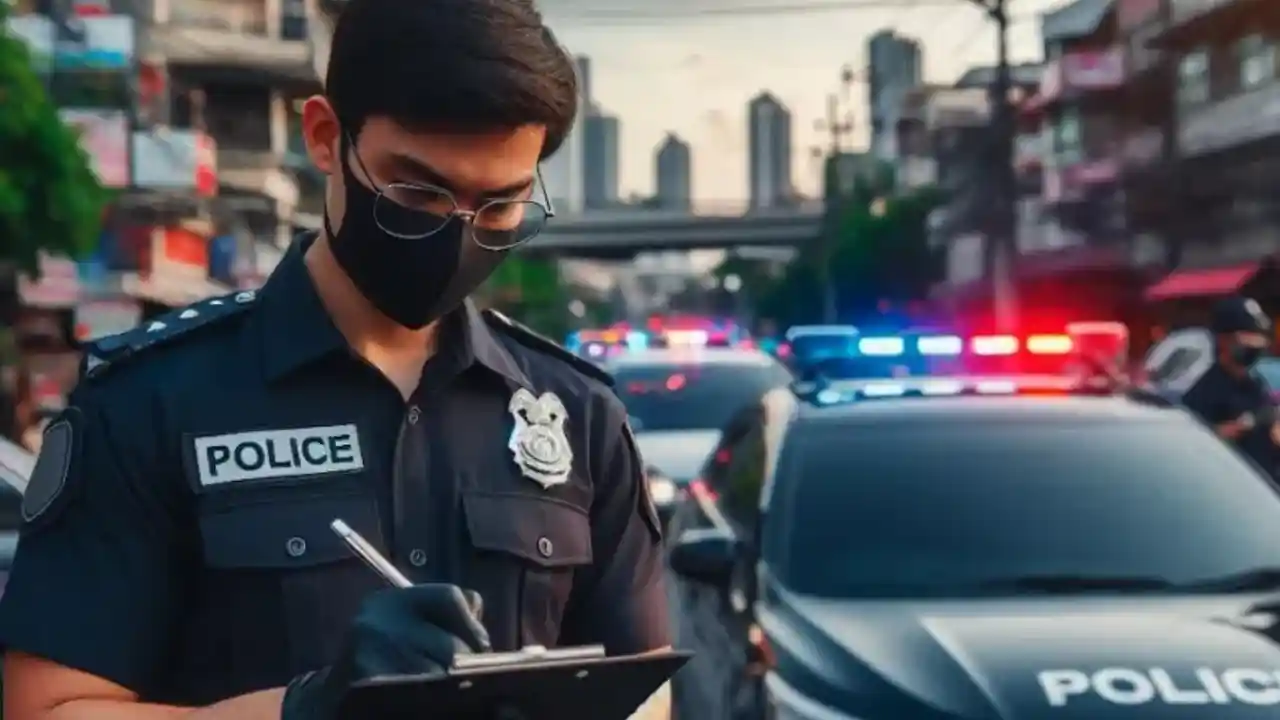Why Truck drivers are opposing the new Hit-and-run law?
Truck drivers across India recently protested new hit-and-run laws in the Bharatiya Nyaya Sanhita, 2023. Their actions prove the significant impact of legal changes on transport. The BNS replaced the Indian Penal Code, 1872. It imposed harsher penalties on drivers in accidents. This has upset the trucking community.
advertisement
Comparison of the Old and New Laws
Old Law: Section 304A of Indian Penal Code, 1872
- Focus: This section's main concern is the loss of life from negligence. It does not have to involve an intent to kill. A reckless or careless act that causes death is enough.
- Penalty: This offense has a less severe punishment than other homicide (killing another person) related crimes. The maximum penalty is imprisonment of up to two years, a fine, or both
- Critics view Section 304A's punishment as too lenient. Many argue that, since death is final, penalties should be harsher. They should deter crime and reflect the offense's seriousness.
New Law: Section 106 of Bhartiya Nyay Sanhita, 2023 (BNS)
advertisement
Enhanced Focus on Deliberate Evasion:
- Unlike IPC Section 304A, which dealt with negligence, the BNS is different. It finds cases where people try to avoid the blame for killing someone.
- The new law states that fleeing an accident often shows greater guilt.
Graded Penalties:
- The BNS has a new tiered penalty structure. It aligns punishment with the offense's severity.
- Causing death by negligence: This covers cases where the accused's negligence caused death. There was no intent to evade responsibility. The punishment increases to a maximum of five years imprisonment or a fine, or both. This enhances the sentencing provision beyond the two-year limit.
- Death by negligence and flight: This penalizes killers who abandon victims. The punishment is much harsher. It is up to ten years in prison and a fine of 7 lakh rupees. This is a clear deterrent aimed at discouraging individuals from fleeing accident scenes.
Deterrence as a Primary Goal:
- The BNS seeks to deter fleeing accident scenes by imposing stricter penalties.
- Fleeing often hampers investigations and denies victims justice. That's why it is wrong.
Truck Drivers' Grievances

advertisement
Truckers have a lot to say about the new law:
- Tough Consequences: The fines are too steep. The prison terms are too long, especially for accident involvement.
- Scared to Help: After a crash, drivers are afraid of getting beaten up by a mob. They're too scared to help the hurt people. And with the new law, they are worried they will get in even bigger trouble.
- Tough Times Ahead: These huge fines could bankrupt drivers. That means their families and jobs will suffer too.
Balancing Road Safety and Human Rights
The government's aim to curb hit-and-run cases is praiseworthy. It must balance public safety with the rights of the accused. Some experts suggest the following measures:
- Graded Penalties: A penalty system based on offense severity could soften the law. Minor infractions receive lenient treatment, unlike serious offenses that face harsher penalties.
- Focus on Prevention: We must invest in road safety. Improved infrastructure and driver education programs can help prevent accidents.
- Witness Protection: It can encourage more people to report incidents. Protecting witnesses will reduce their fear of retaliation.
- Support for Victims: We must support road accident victims. This could include aid, medical care, and counseling to help the victims.
advertisement
The Path Forward
The ongoing debate over the new BNS rules shows the difficulty of improving road safety. We must find a solution that deters hit-and-run cases and protect truck drivers' rights and livelihoods.The government, truck drivers, and law experts need to talk. They must agree on a solution that is fair and keeps everyone safe on the roads.
We must balance truck drivers' concerns with road safety. It will take careful thought and teamwork. India can reduce hit-and-run incidents by using fair, effective measures. This will create a safer environment for all road users.
Frequently Asked Questions
Q. How can the government ensure the effective implementation of the new law?
Clear guidelines, training for police, and public awareness are vital for success.
Q. What role can technology play in addressing hit-and-run cases?
Technology like CCTV, GPS, and digital evidence can help find and catch culprits.
Q. How will the new law impact the logistics industry?
Higher accident risks and costs could raise transport costs and disrupt supply chains.
References

Written by Saksham Arora
As a third-year law student, my passion for justice and advocacy has led me to pursue a career in law. I am currently studying at Amity Law School, Noida and have been developing my legal research, writing, and analytical skills. I am committed to using my legal education to make a positive impact in society and am excited about the opportunities that lie ahead.
advertisement
Further Reading
advertisement






